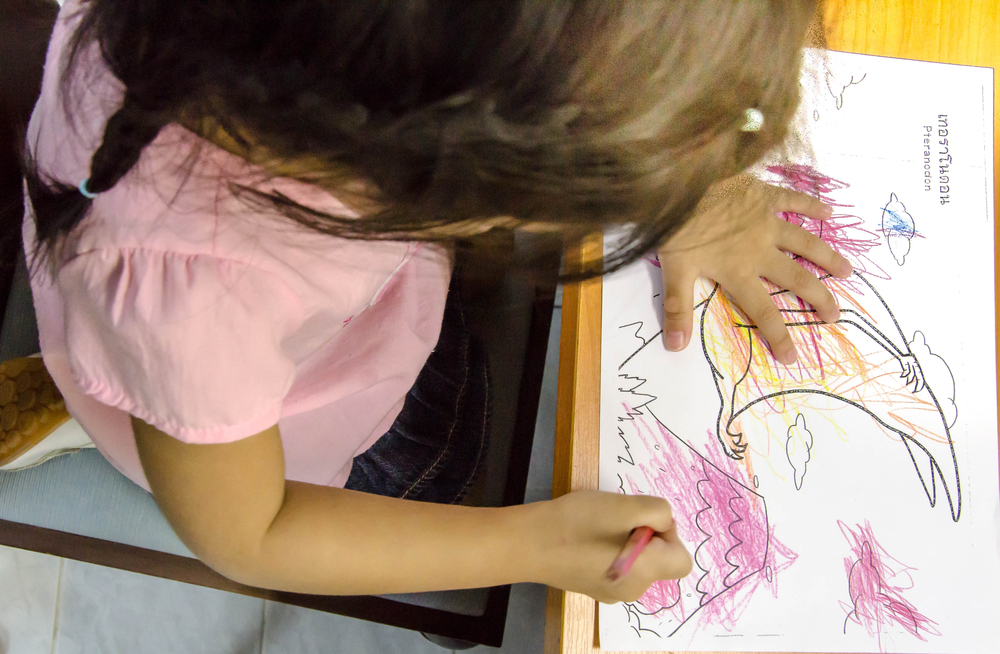Geometry worksheets activities for Ages 3-6
7 filtered results
-
From - To
Discover engaging geometry worksheets and activities designed for children aged 3-6! These interactive resources promote early math skills through fun shapes, patterns, and spatial awareness exercises. Specifically crafted for young learners, our geometry activities help nurture critical thinking while making learning enjoyable. Children will explore various geometric shapes, enhance their recognition skills, and develop essential problem-solving abilities. Educators and parents alike will find valuable tools that encourage creativity and reinforce foundational math concepts. Dive into our collection of printable worksheets and watch your little ones gain confidence in geometry fundamentals while having a blast! Perfect for home or classroom use!
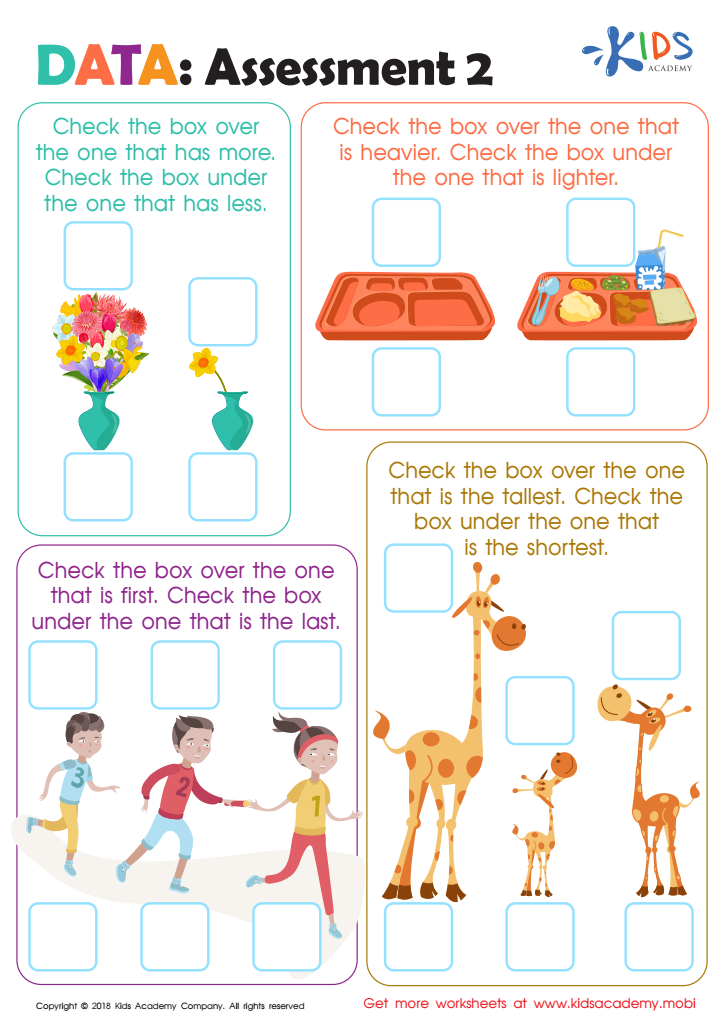

Data: Assessment 2 Worksheet
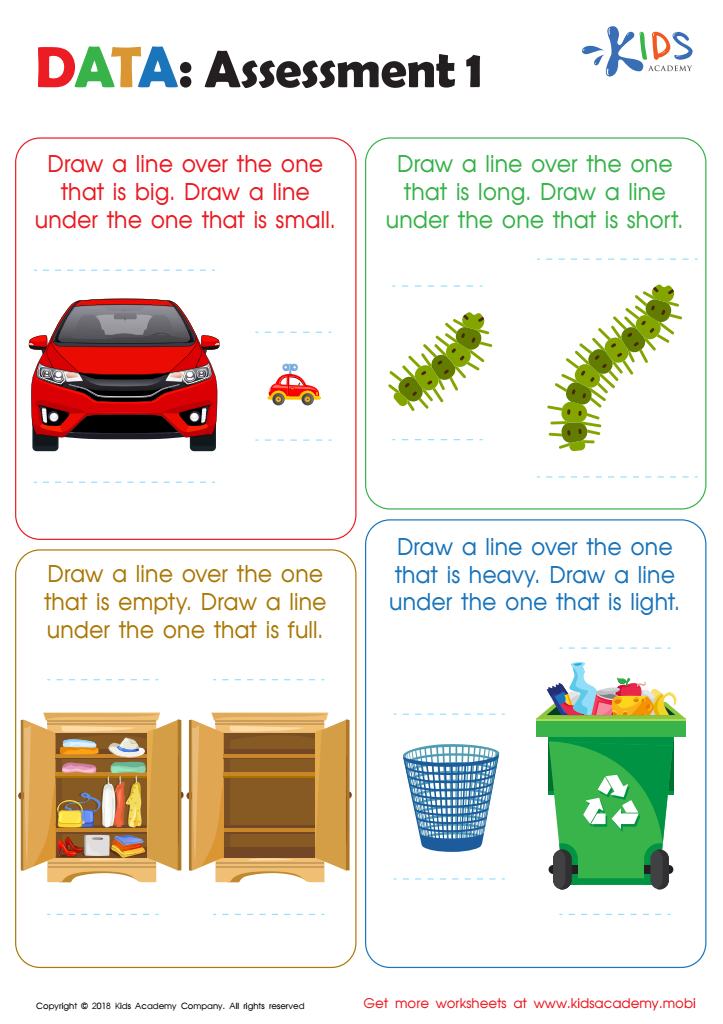

Data: Assessment 1 Worksheet
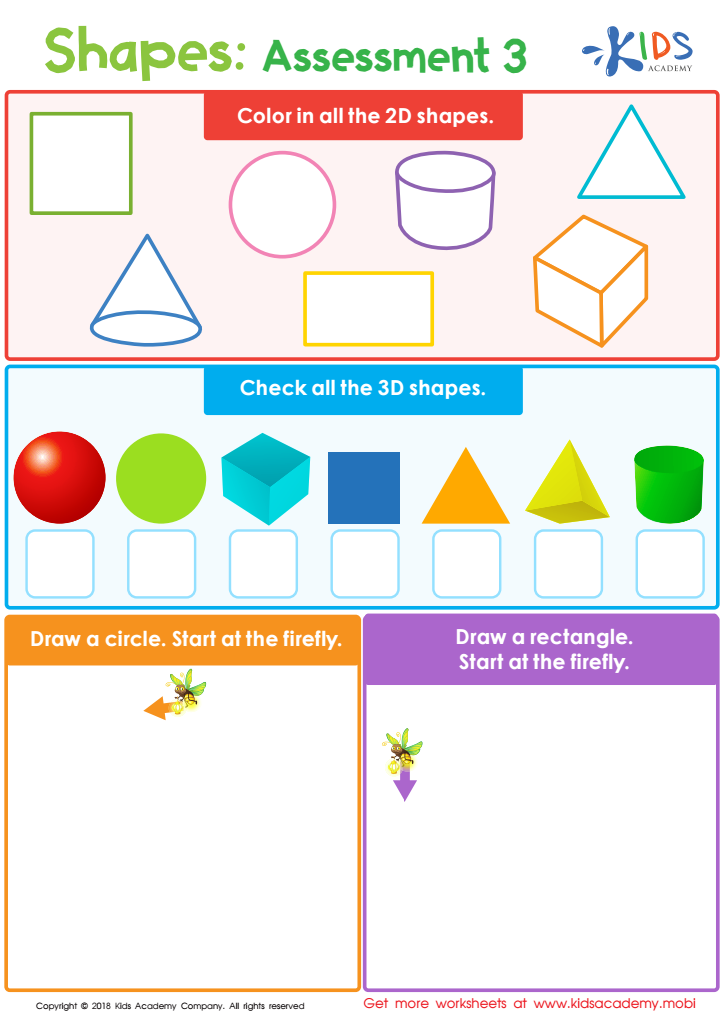

Shapes: Assessment 3 Worksheet
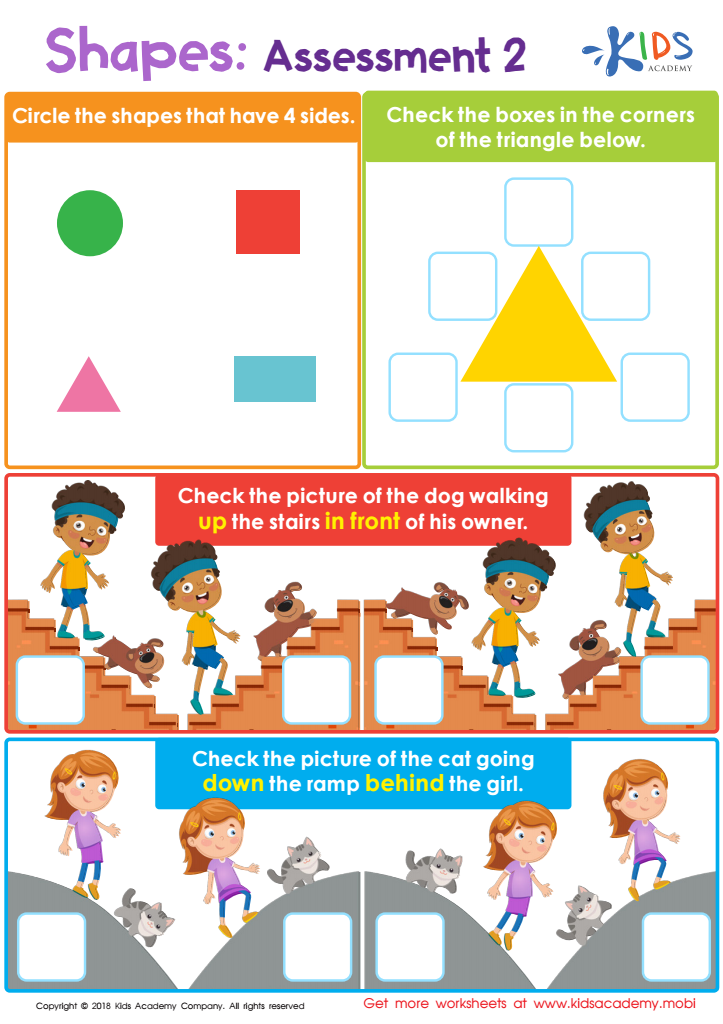

Shapes: Assessment 2 Worksheet
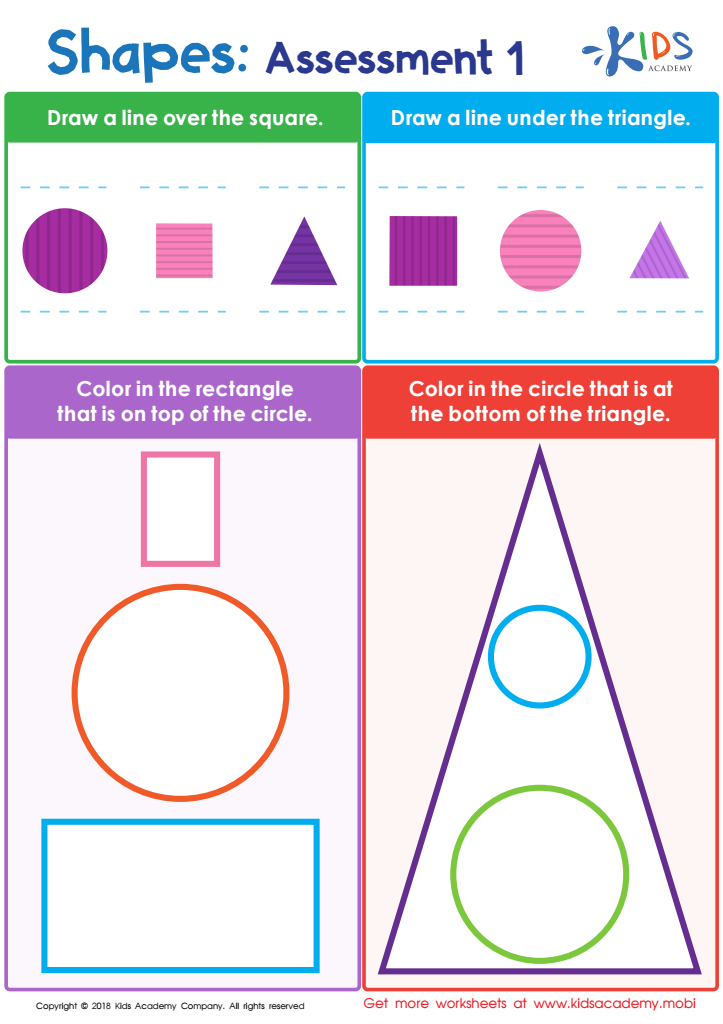

Shapes: Assessment 1 Worksheet
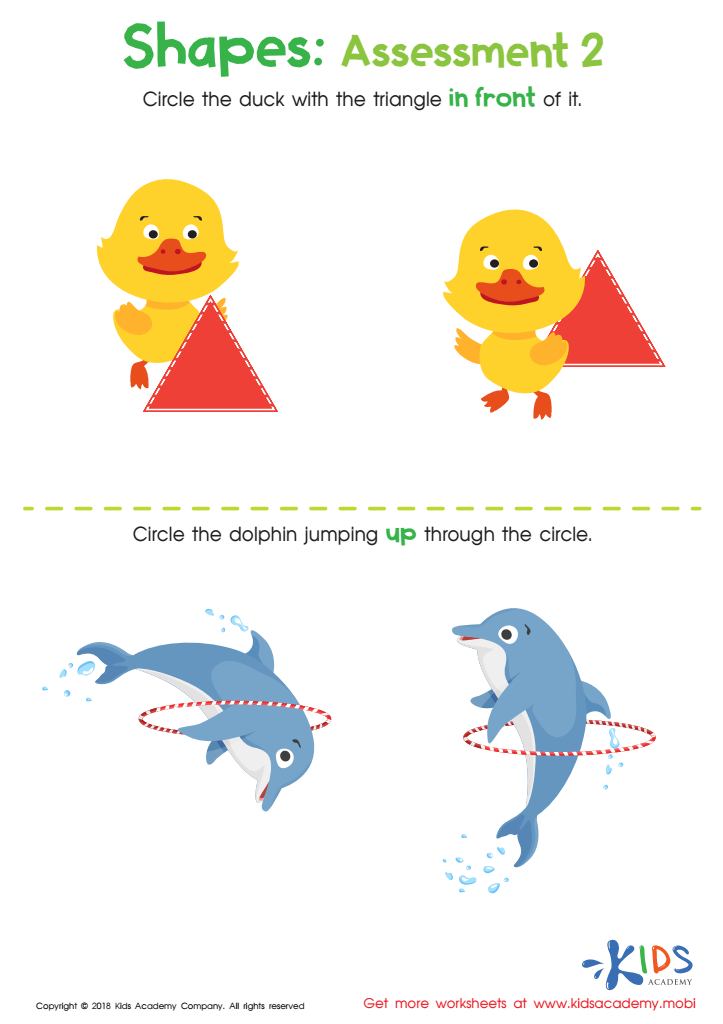

Geometry – Assessment 2 Worksheet
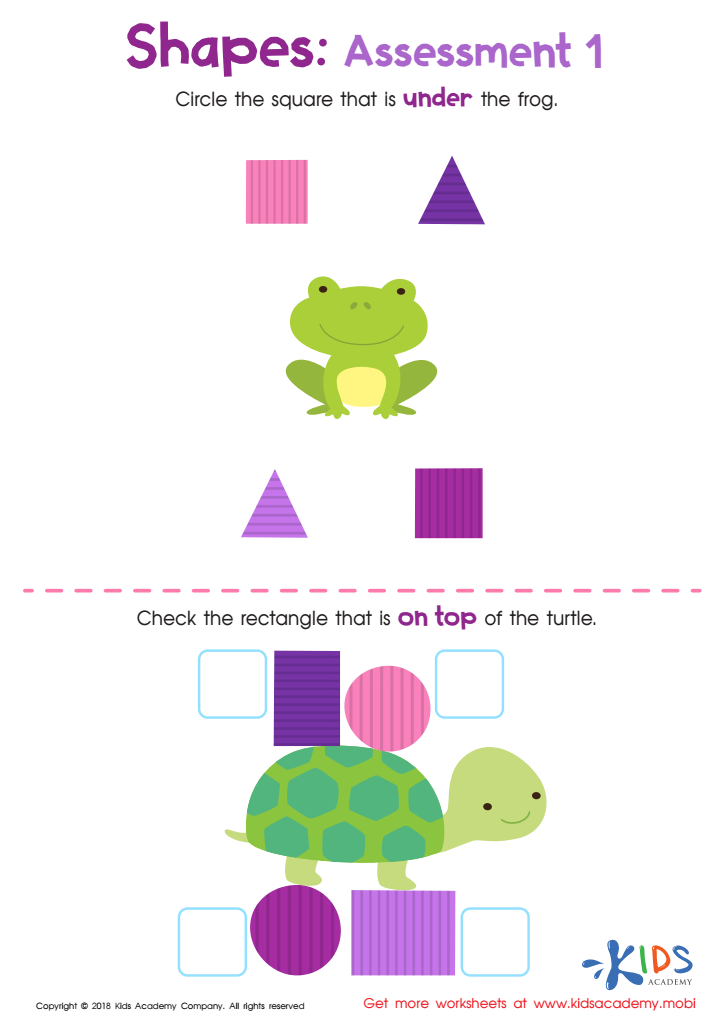

Geometry – Assessment 1 Worksheet
Parents and teachers should prioritize geometry activities for children aged 3-6 because these activities lay a foundational understanding of shapes, spatial awareness, and measurement concepts that are crucial for future math skills. At this age, children naturally explore their environment and demonstrate curiosity about the world around them. Engaging them in geometric activities helps develop critical thinking and problem-solving abilities as they identify, compare, and manipulate different shapes.
Moreover, early exposure to geometry nurtures creativity and fosters an appreciation for design and aesthetics, which are important in fields like science, art, architecture, and engineering. Hands-on activities, such as building with blocks or engaging in shape-sorting games, make learning enjoyable and interactive, accommodating various learning styles.
Furthermore, early geometric understanding is connected to literacy and vocabulary development, as children learn the names and properties of shapes, enhancing their language skills. In collaboration with parents and teachers, children can learn to recognize patterns and relationships, which strengthen their overall cognitive skills and help develop a solid base for advanced mathematical concepts in later years. Ultimately, incorporating geometry activities in early education enriches children's learning experiences and equips them with essential skills for lifelong success.
 Assign to My Students
Assign to My Students







